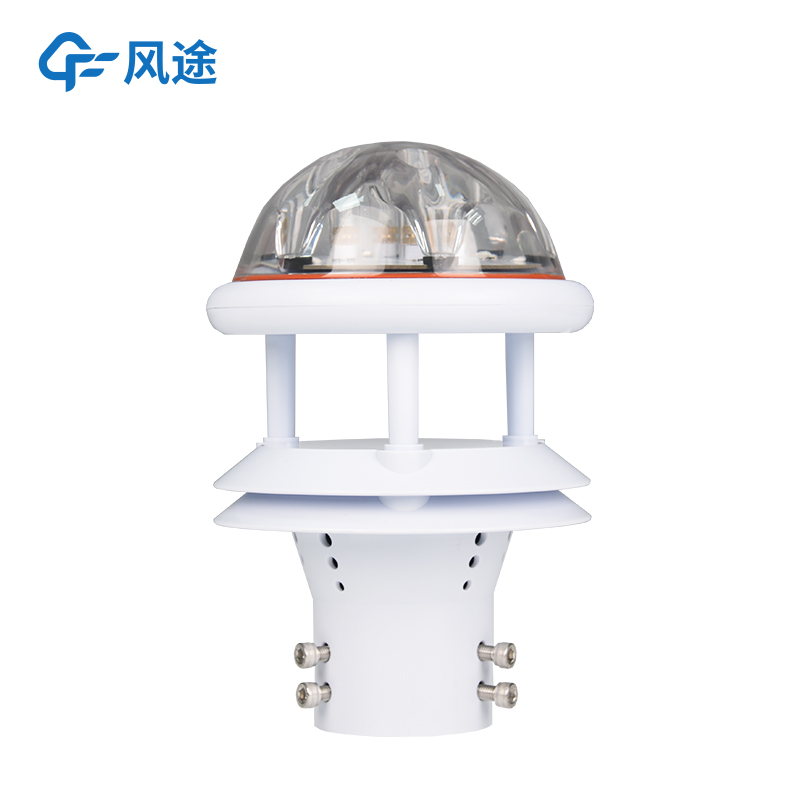Tianqiong Sensor IOT Technology Co., Ltd
Sales Manager:Ms. Emily Wang
Cel,Whatsapp,Wechat:+86 15898932201
Email:info@fengtutec.com
Add:No. 155 Optoelectronic Industry Accelerator, Gaoxin District, Weifang, Shandong, China

Sales Manager:Ms. Emily Wang
Cel,Whatsapp,Wechat:+86 15898932201
Email:info@fengtutec.com
Add:No. 155 Optoelectronic Industry Accelerator, Gaoxin District, Weifang, Shandong, China
time:2025-02-27 14:24:46 source:Weather Station viewed:483 time
What equipment is needed for Rainfall Monitoring?
How can we accurately describe a rain?
From a literary perspective, "The rain came down, thick and fast; and pattered noisily among the leafless bushes." - Excerpted from Oliver Twist.
From a scientific perspective, "Rain is a natural precipitation phenomenon in which water vapor in the atmosphere cools and condenses to form water droplets or ice crystals large enough to fall from the clouds to the ground."
From a meteorological perspective, "This rain is a frontal rain, which lasted for 3 hours, with a moderate precipitation intensity, a precipitation amount of 15 millimeters, and the diameter of raindrops being about 1 - 2 millimeters."
To obtain specific data in meteorology, corresponding instruments are required.
When it comes to Rainfall Monitoring, the required instruments are various rain gauges.
The Stainless Steel Tipping Bucket Rain Gauge measures the amount of rainfall by counting the number of times the tipping bucket turns. Each turn of the tipping bucket represents a certain amount of rainwater, and it can achieve automatic recording and data transmission. It is often used in automated monitoring scenarios such as meteorological stations.
The piezoelectric rain sensor works based on the principle that the piezoelectric material generates an electric charge when impacted by raindrops. It can convert the kinetic energy of raindrops into an electrical signal to measure the amount of rainfall, with a fast response speed and high precision.
The Radar Precipitation Sensor Rain Gauge Distrometer is based on the principle of microwave scattering. By transmitting and receiving microwave signals and analyzing the scattering and reflection of microwaves by raindrops, it can measure rainfall and can monitor the rainfall intensity and distribution in real time.
The Optical Rain Gauge uses the attenuation characteristics of infrared light in the rain. According to the degree of absorption and scattering of infrared light by raindrops, it can detect rainfall and can quickly determine the rainfall status. It is often used in fields such as intelligent transportation.

FT-WQX7, All-in-One Weather SensorsThe top cover hidden ultrasonic probe with physical shielding structure can effectively prevent rain and snow from accumulating on the probe surface to interfere with signal transmission and reception, and reduce the turbulence effect caused by direct impact of nat...
In the fields of meteorological monitoring and hydrology, the piezoelectric rain gauge and the Radar Precipitation Sensor Rain Gauge Distrometer are commonly used rainfall monitoring devices. Today, the author will compare the differences between the two.The piezoelectric rain gauge works by u...
Negative oxygen ions exert physiological effects on the human nervous system and blood circulation. Their concentration directly reflects air quality and serves as a key indicator for air quality assessment. The Negative Oxygen Ion Monitoring Station is specially designed to monitor this core indica...
In the field of wind power generation, wind measurement is of great significance. Traditional wind - measuring methods, such as wind towers or radars, are effective but have limitations. Wind towers can only measure at fixed locations, while radar equipment is expensive and bulky, making it difficul...